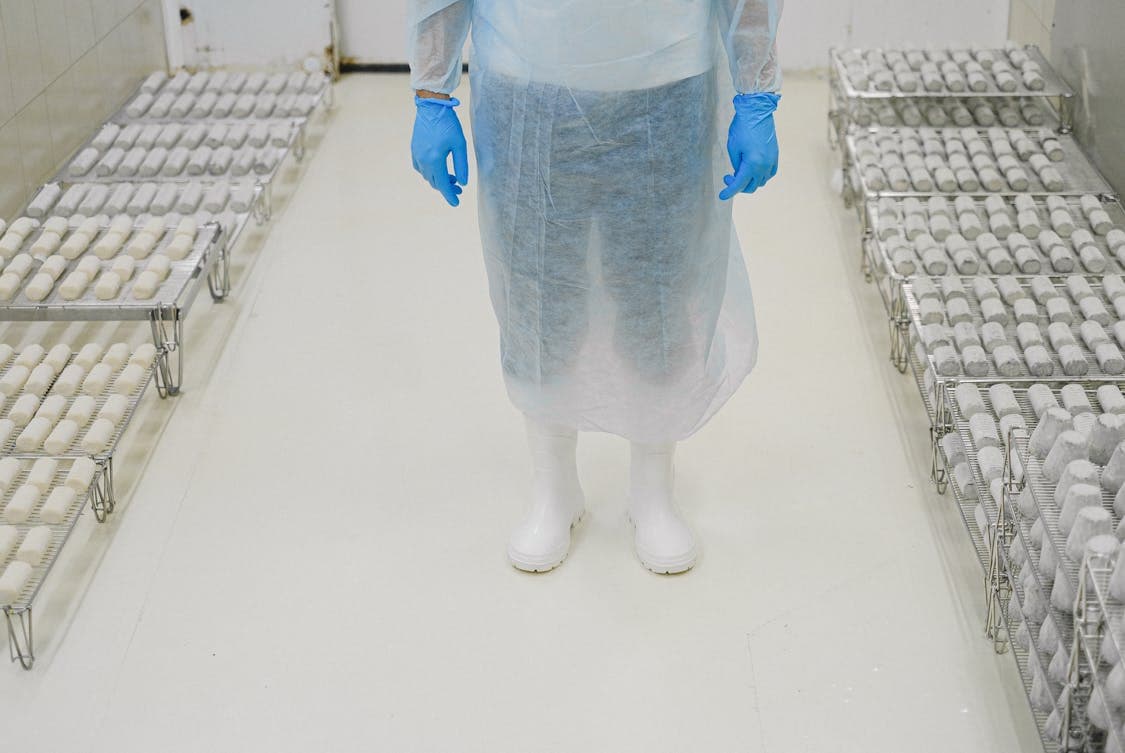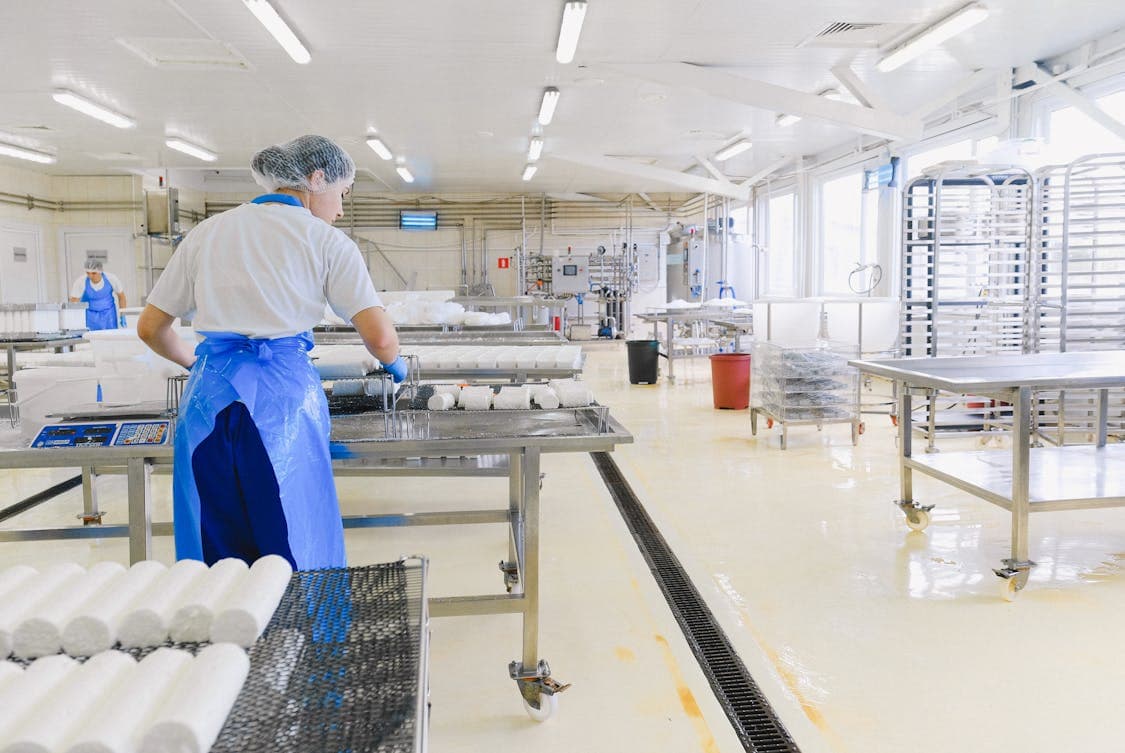Industrial epoxy flooring has carved a niche for itself in various sectors, from factories to retail spaces. This durable and versatile flooring solution is becoming increasingly popular, and knowing a few key facts can help you appreciate its value. Here’s a look at five essential points regarding industrial epoxy flooring.
1. Composition and Functionality
At its core, industrial epoxy flooring is made from a mixture of resin and hardener. When combined, these components create a chemical reaction that results in a strong and resilient surface. This type of flooring is not merely a decorative option; it serves as a protective layer for concrete floors, safeguarding them against wear and tear, stains, and chemicals.
The epoxy coating is typically applied in multiple layers, ranging from two to four, depending on the specific requirements of the environment. Each layer adds an extra thickness, enhancing durability. The flooring can withstand heavy traffic, making it an ideal choice for manufacturing plants, warehouses, and commercial spaces.
Moreover, the seamless nature of epoxy flooring eliminates the presence of joints and seams where dirt and grime can accumulate. If you’re looking for a long-term solution, durable, seamless resin floor installations provide excellent resistance to both impact and contamination.
This characteristic simplifies cleaning and maintenance, which is a significant advantage for industries that prioritize hygiene and efficiency.
2. Versatile Aesthetic Options
A common misconception about industrial epoxy flooring is that it is limited to drab and monotonous colors. On the contrary, these floors offer a surprising variety of design choices. Epoxy resins can be tinted, allowing for a wide range of colors, patterns, and finishes to suit different tastes and branding needs.
You can opt for solid colors, metallic finishes, or even intricate designs that mimic natural stones. This versatility means that you don’t have to sacrifice aesthetics for functionality. The right choice can enhance the overall appearance of a space and contribute to a positive work environment.
Additionally, companies often use colored epoxy flooring to designate specific areas, helping to improve safety and organization in high-traffic industrial settings. This visual differentiation can guide employees and visitors, making navigation easier and more intuitive.
3. Health and Safety Benefits

One of the standout features of industrial epoxy flooring is its contribution to workplace safety. Many epoxy formulations include anti-slip additives, which reduce the risk of slipping and falling. This is especially important in environments where spills and hazards are common, such as kitchens or manufacturing sites.
Beyond slip resistance, epoxy floors can help improve indoor air quality. Unlike some traditional flooring materials that may emit volatile organic compounds (VOCs), many epoxy systems are low in VOCs. This characteristic makes them a safer choice for both workers and the environment, aligning with health and safety regulations.
Furthermore, the smooth surface of epoxy flooring is less likely to harbor bacteria and dirt. This quality is crucial for industries that require strict sanitation standards, such as food processing and healthcare. Cleaner environments can lead to fewer illnesses and accidents, ultimately benefiting productivity.
4. Installation and Maintenance Considerations
The installation process of industrial epoxy flooring is not as straightforward as laying down tiles or carpets. It requires skilled professionals who understand how to prepare the concrete surface and mix the epoxy correctly. Proper preparation is critical; any existing cracks or imperfections in the concrete must be repaired before application to ensure a smooth and lasting finish.
Once installed, the maintenance of epoxy flooring is relatively simple. Regular sweeping and mopping can keep the surface clean, but it’s essential to use non-abrasive cleaners to avoid damaging the finish. Re-coating is usually not necessary for several years, making it an economical choice in the long run.
However, it is wise to monitor the floor for signs of wear, especially in high-traffic areas. If the surface begins to lose its shine or shows signs of damage, a maintenance coat can restore its appearance and functionality without the need for a complete overhaul.
5. Cost-Effectiveness and Longevity
While the initial investment in industrial epoxy flooring may be higher than that of other flooring options, its longevity often justifies the cost. Epoxy floors can last anywhere from 10 to 20 years with proper care, making them a smart choice for businesses looking to minimize replacement expenses.
When considering the total cost of ownership, it’s essential to factor in maintenance costs and the lifespan of the flooring. The durability, resistance to chemicals, and ease of cleaning contribute to significant savings over time. In many cases, businesses find that the long-term benefits far outweigh the upfront costs.
Moreover, the return on investment can be substantial. A well-maintained epoxy floor can enhance the appearance of a facility, improve employee productivity, and even attract customers. These factors can lead to increased profits, making industrial epoxy flooring a wise financial decision for many enterprises.
In summary, understanding the key aspects of industrial epoxy flooring can help businesses make informed decisions. From its composition to its aesthetic versatility, safety features, installation process, and cost-effectiveness, these floors offer a wealth of benefits that cater to diverse industrial needs.









